Beyond the Hype: When Innovation Breaks Down, Fix4Bot.com Builds Back Better – The Unsung Heroes of the Humanoid Revolution
The internet practically combusted yesterday. Elon Musk, the titan of tech, dropped a video. Not of rockets soaring to Mars, not of electric cars rewriting automotive norms, but of something far more… visceral. Humanoid robots. Moving, yes, but moving with a newfound fluidity, a grace that teetered on the edge of unsettlingly human. The video, a lightning bolt of futuristic possibility, ignited a global conversation. Are we truly on the cusp of an AI revolution? Are these metallic mimics poised to reshape our world? The hashtags exploded: #GadgetGaliyara #TechNews #elonmusk. The excitement is palpable, the potential limitless.
But amidst the dazzling display of cutting-edge technology, a crucial question lingers, often unspoken, yet profoundly relevant: What happens when they break?
We marvel at the intricate engineering, the sophisticated AI, the seamless integration of hardware and software that powers these incredible machines. But the reality of any technology, especially one as complex and ambitious as a humanoid robot, is that it is inherently susceptible to damage, malfunction, and the inevitable wear and tear of operation. Elon Musk’s video showcases the potential, the dream. But Fix4Bot.com is here to address the reality, the practicalities, the absolutely essential groundwork that must be laid to ensure this humanoid revolution is not just a fleeting spectacle, but a sustainable and transformative force.
Forget the gleaming labs and the sensationalized demos for a moment. Let’s talk about the grit, the grease, the intricate dance of diagnostics and repair that will underpin this robotic future. Because behind every groundbreaking innovation, there’s a silent army of specialists, ready to pick up the pieces, understand the intricacies of failure, and rebuild, refine, and return these technological marvels to their peak performance. And leading this charge, poised at the forefront of the burgeoning field of humanoid robot repair, is Fix4Bot.com.
More Than Just a Tune-Up: Navigating the Labyrinth of Humanoid Robot Damage
The challenges of repairing a humanoid robot dwarf anything we’ve encountered in traditional robotics or even complex machinery. We’re not talking about fixing a factory arm or troubleshooting a self-driving car’s GPS. We’re entering a realm where the lines between hardware, software, AI, and even biomimicry are blurring. Humanoid robots are not just machines; they are intricate ecosystems of interconnected systems, pushing the boundaries of engineering in every conceivable direction.
Consider the sheer spectrum of potential damages a humanoid robot might face. It’s not just about a dented chassis or a loose wire. We’re talking about:
- Physical Trauma: From accidental falls and collisions to operational stress and environmental hazards, the physical body of a humanoid robot is constantly vulnerable. Think of joint stress, actuator burnout, sensor damage from impact, structural cracks in composite materials, or the gradual degradation of delicate mechanisms through repetitive motion.
- Software Glitches and AI Anomalies: The brain of a humanoid robot is its sophisticated AI. And like any complex software, it’s susceptible to bugs, errors, data corruption, and even the unpredictable phenomenon of AI drift. Imagine corrupted neural networks leading to erratic movements, decision-making flaws stemming from biased data, or complete system crashes requiring deep software debugging and retraining.
- Sensor Malfunctions: Humanoid robots rely on a vast array of sensors – vision, touch, proprioception, auditory – to perceive and interact with the world. These sensors, often delicate and precision-engineered, are susceptible to damage from impacts, environmental factors (dust, moisture, extreme temperatures), and even electromagnetic interference. A single malfunctioning sensor can throw off the robot’s entire perception, leading to navigation errors, impaired dexterity, or even safety hazards.
- Power System Failures: Humanoid robots demand immense power to operate their complex systems. This translates to sophisticated battery systems, intricate power distribution networks, and high-performance motors and actuators. Failures in any of these areas, from battery degradation and overheating to motor burnout and hydraulic leaks, can cripple the robot’s functionality.
- Connectivity and Communication Issues: In many applications, humanoid robots will need to communicate with each other, with central control systems, and with human operators. Connectivity issues, network disruptions, and cybersecurity vulnerabilities become critical concerns. Damaged communication modules, corrupted network protocols, or even hacking attempts can render a robot useless or, worse, dangerous.
- Ethical and Algorithmic Drift: As humanoid robots become more autonomous and integrated into our lives, the integrity of their AI and decision-making algorithms becomes paramount. "Damage" in this context might not be physical but algorithmic – subtle biases creeping into the AI over time, leading to unethical or discriminatory behaviors. Repairing this kind of “damage” requires not just technical fixes, but also deep ethical considerations and careful retraining of the AI with corrected data and reinforced ethical guidelines.
Fix4Bot.com: Engineering Expertise to Restore Robotic Excellence
Faced with this multifaceted landscape of potential damages, the need for specialized repair expertise is undeniable. This is where Fix4Bot.com steps in. They are not just a repair service; they are architects of robotic resilience, pioneers in a field that is rapidly becoming critical infrastructure for the future of automation.
Fix4Bot.com understands that repairing a humanoid robot is not a one-size-fits-all proposition. It requires a holistic approach, a deep understanding of the intricate interplay between hardware and software, and a toolkit that blends cutting-edge technology with old-fashioned engineering ingenuity.
Their Diagnostic Arsenal: Unraveling the Root Cause of Robotic Ailments
Before any repair can begin, the crucial first step is accurate and comprehensive diagnosis. Fix4Bot.com employs a multi-layered diagnostic approach that goes far beyond simply identifying a symptom. They delve deep to uncover the root cause of the problem, ensuring that the repair is not just a temporary fix, but a permanent solution that restores the robot’s long-term reliability.
- AI-Powered Diagnostic Systems: Fix4Bot.com leverages the very technology that powers humanoid robots – Artificial Intelligence – to diagnose their ailments. Their proprietary AI diagnostic platform analyzes vast streams of data from the robot’s sensors, control systems, and operational logs to pinpoint anomalies, predict potential failures, and guide technicians to the precise source of the problem. This AI-driven approach accelerates the diagnostic process, reduces human error, and allows for the identification of subtle issues that might otherwise go unnoticed.
- Non-Destructive Testing (NDT): For physical damage assessment, Fix4Bot.com employs a suite of advanced Non-Destructive Testing techniques. These methods allow them to inspect the robot’s internal structure without dismantling it, minimizing downtime and preventing further damage. Techniques like ultrasonic testing to detect internal cracks, thermal imaging to identify overheating components, and X-ray radiography to reveal hidden structural flaws are all part of their diagnostic toolkit.
- Robotic Autopsy and Digital Twin Analysis: In cases of severe damage or system failure, Fix4Bot.com conducts a meticulous "robotic autopsy." This involves a systematic disassembly and examination of the robot’s components to understand the chain of events leading to the failure. Furthermore, they can create a "digital twin" of the damaged robot – a virtual replica that mirrors its physical state and software configuration. This digital twin allows for simulations and virtual testing to further isolate the problem and validate repair strategies before implementing them on the actual robot.
- Expert Human Intuition: While technology is at the heart of Fix4Bot.com’s diagnostic process, they recognize the irreplaceable value of human expertise. Their team of highly skilled robotic engineers, software specialists, and AI experts bring years of experience and intuition to the diagnostic table. They can interpret complex data patterns, recognize subtle signs of impending failure, and apply their deep understanding of humanoid robot architecture to guide the diagnostic process and ensure accurate and efficient problem identification.
The Art of Robotic Reconstruction: Repair Techniques that Redefine Restoration
Once the diagnosis is complete, Fix4Bot.com moves into the repair phase, employing a range of advanced techniques and technologies to restore the robot to its optimal functionality. Their repair capabilities span the entire spectrum of potential damages, from minor component replacements to major system overhauls.
- Precision Robotic Repair Arms: Repairing humanoid robots often requires intricate and delicate manipulations within confined spaces. Fix4Bot.com utilizes advanced robotic repair arms, equipped with specialized tools and sensors, to perform precise repairs with minimal human intervention. These robotic arms can access hard-to-reach areas, perform micro-soldering, precisely align components, and apply specialized adhesives and coatings with unparalleled accuracy.
- Advanced Material Science and Component Fabrication: Humanoid robots often utilize cutting-edge materials – lightweight composites, specialized alloys, and custom-designed components. When these materials are damaged, off-the-shelf replacements may not be available. Fix4Bot.com has invested in advanced material fabrication capabilities, including 3D printing, CNC machining, and composite material repair techniques. This allows them to fabricate replacement parts on demand, ensuring that even highly specialized components can be restored or recreated.
- Software Debugging and AI Retraining Centers: Software glitches and AI anomalies require a different kind of repair expertise. Fix4Bot.com houses dedicated software debugging and AI retraining centers. Their software experts are adept at identifying and resolving complex software bugs, optimizing code for performance and stability, and implementing robust cybersecurity measures. For AI repair, they employ sophisticated retraining techniques, leveraging curated datasets and advanced machine learning algorithms to correct algorithmic biases, restore corrupted neural networks, and ensure the robot’s AI operates ethically and effectively.
- Sensor Recalibration and Advanced Sensor Replacement: Sensor malfunctions can cripple a humanoid robot’s perception of the world. Fix4Bot.com offers comprehensive sensor recalibration and replacement services. They utilize specialized calibration rigs and software to precisely realign and recalibrate damaged sensors, restoring their accuracy and reliability. When sensor damage is irreparable, they offer access to a wide range of advanced sensor replacements, including cutting-edge vision sensors, tactile sensors, and proprioceptive feedback systems.
- Power System Overhaul and Energy Efficiency Upgrades: Power system failures are a critical concern for humanoid robots. Fix4Bot.com provides comprehensive power system overhaul and repair services, encompassing battery diagnostics and replacement, motor and actuator repair, and hydraulic system restoration. Furthermore, they offer energy efficiency upgrades, implementing advanced power management systems and optimizing component performance to extend battery life and reduce energy consumption, making the robots more sustainable and cost-effective to operate.
Beyond Repair: Proactive Maintenance and the Future of Robotic Longevity
Fix4Bot.com’s vision extends beyond simply fixing broken robots. They are committed to fostering a culture of proactive maintenance and ensuring the long-term longevity of these complex machines. They offer comprehensive preventative maintenance programs, utilizing AI-powered predictive analytics to anticipate potential failures before they occur. This proactive approach minimizes downtime, reduces repair costs, and extends the operational lifespan of humanoid robots.
Furthermore, Fix4Bot.com is actively engaged in research and development, pushing the boundaries of robotic repair technology and contributing to the evolution of more robust and maintainable humanoid robot designs. They are collaborating with robot manufacturers, research institutions, and industry partners to develop standardized repair protocols, create accessible diagnostic tools, and build a global ecosystem of robotic repair expertise.
The Human Element: Experts Who Understand the Soul of the Machine
At the heart of Fix4Bot.com is a team of passionate and dedicated individuals – engineers, scientists, technicians, and innovators – who are deeply invested in the success of the humanoid robot revolution. They are not just fixing machines; they are safeguarding the future of this transformative technology. They understand that humanoid robots are more than just assemblages of metal and code; they are complex, evolving systems that require a nuanced and human-centered approach to repair and maintenance.
Fix4Bot.com recognizes that as humanoid robots become more integrated into our lives, the ability to diagnose, repair, and maintain them will become increasingly critical. They are building not just a repair service, but a foundation of expertise and infrastructure that will be essential for realizing the full potential of humanoid robotics.
Elon Musk’s video may have captured the world’s imagination with the dazzling possibilities of humanoid robots. But Fix4Bot.com is here to ensure that this vision is not just a fleeting dream, but a sustainable and reliable reality. They are the unsung heroes of the humanoid revolution, the experts who are ready to pick up the pieces, rebuild, and ensure that when innovation pushes the limits, the infrastructure is in place to support, sustain, and propel it forward. The future of humanoid robots is bright, and with Fix4Bot.com at the forefront of robotic repair, it’s also remarkably resilient.

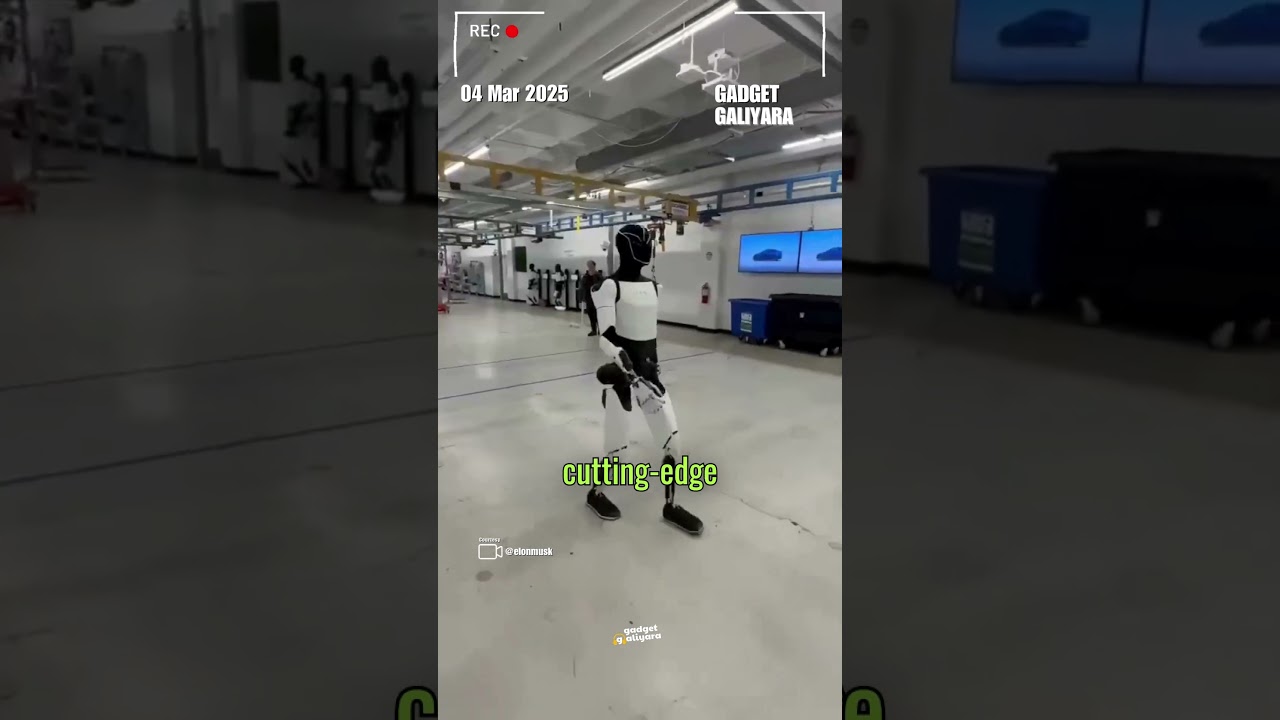
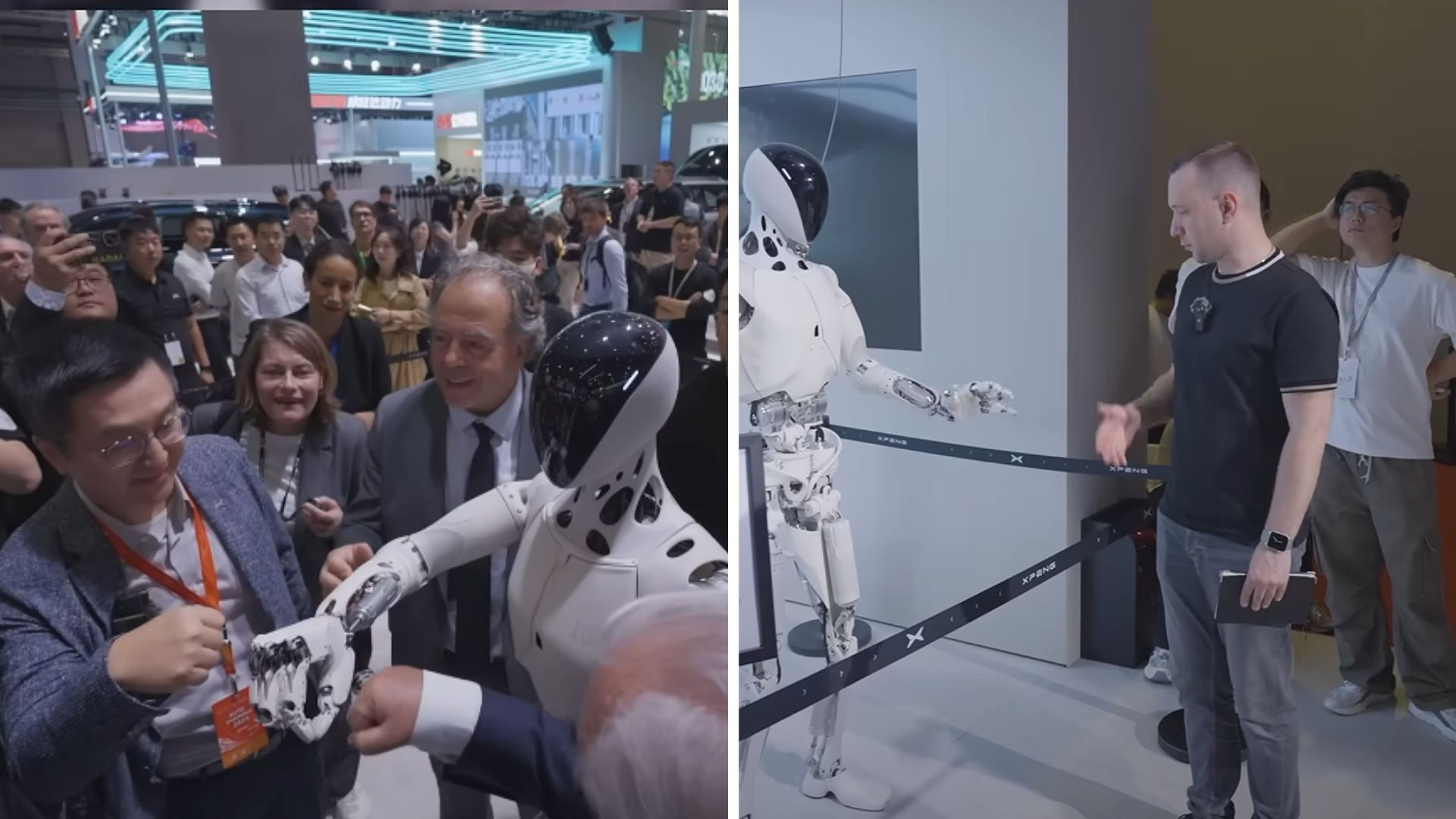

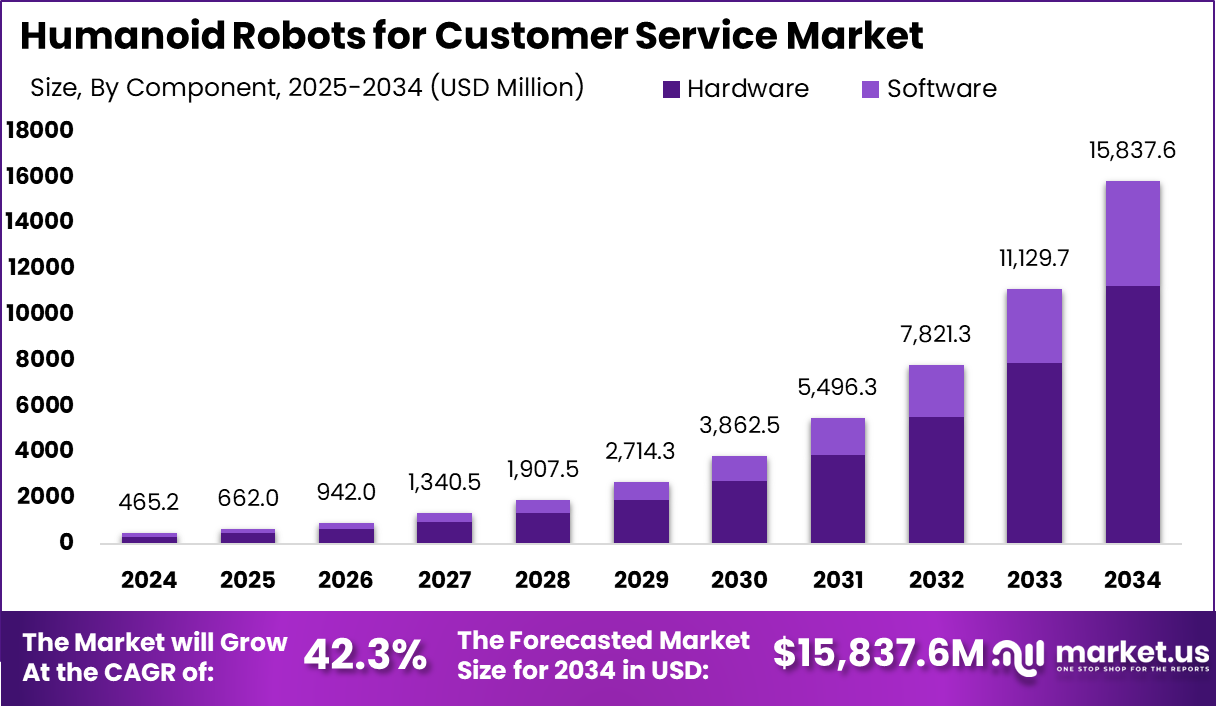
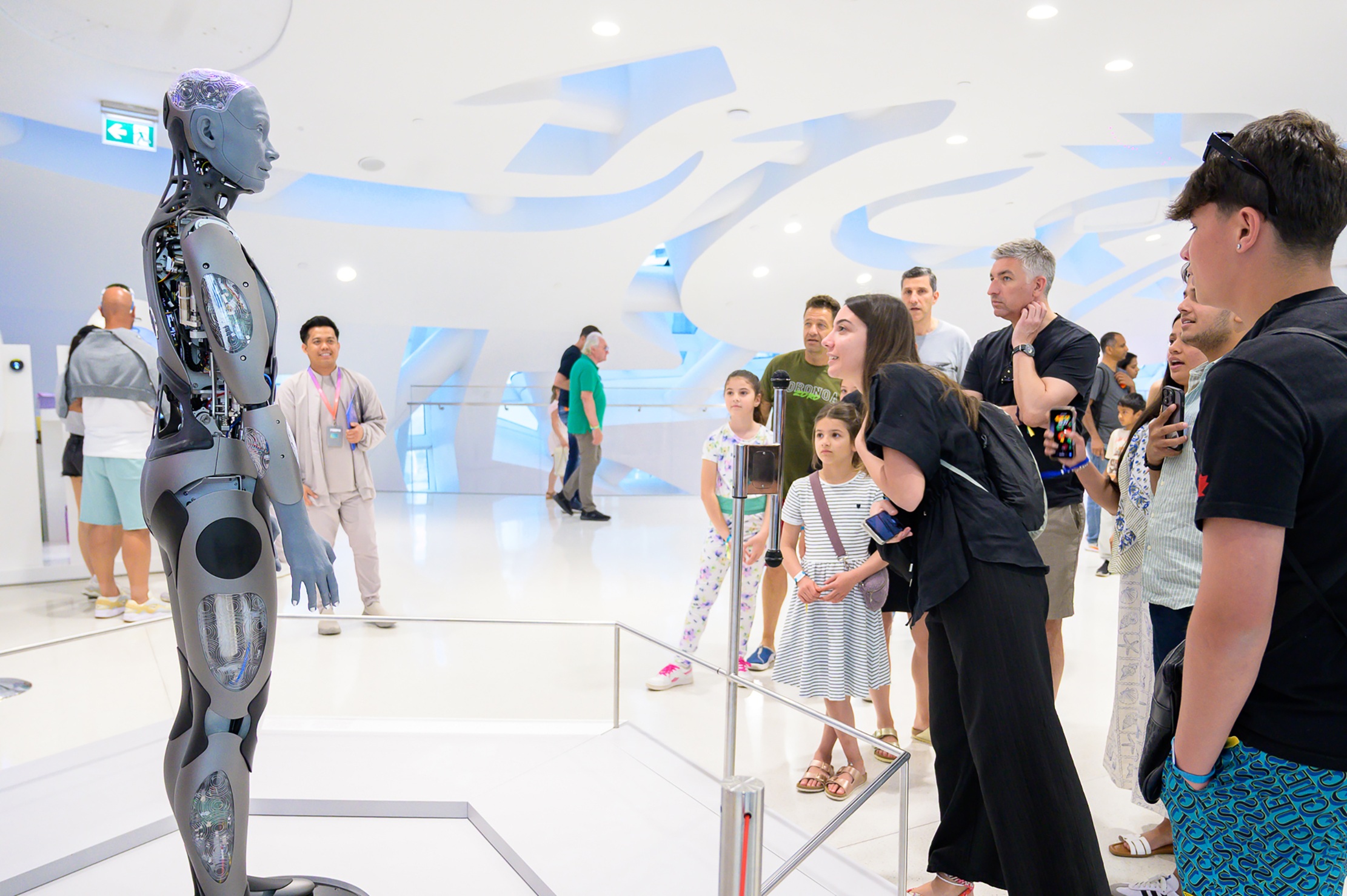
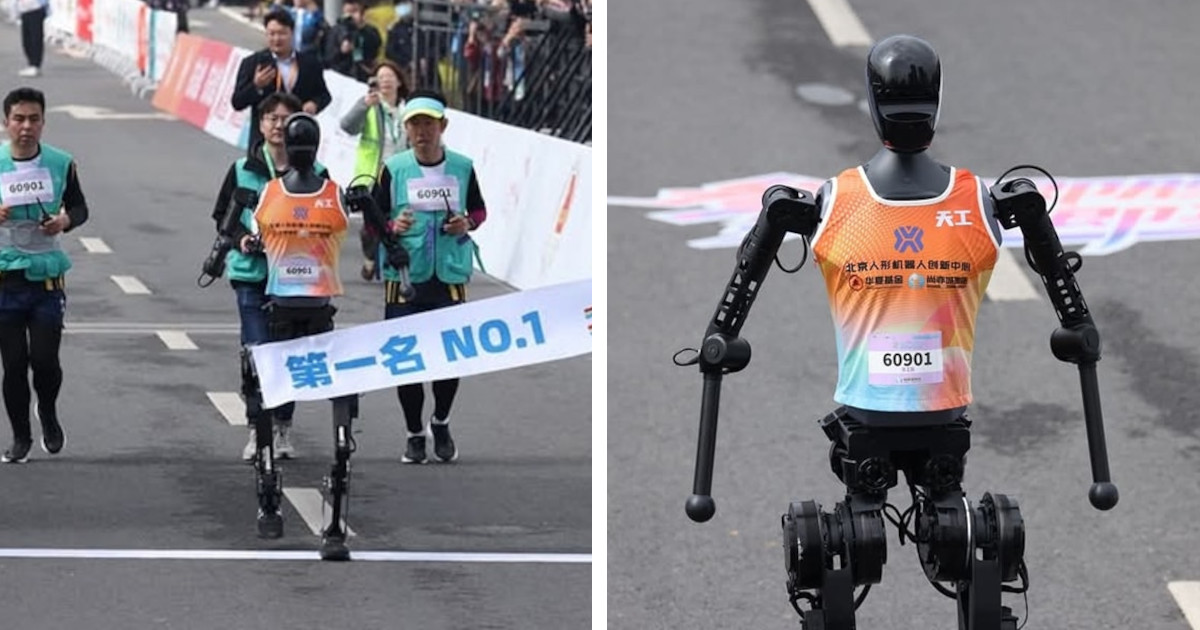
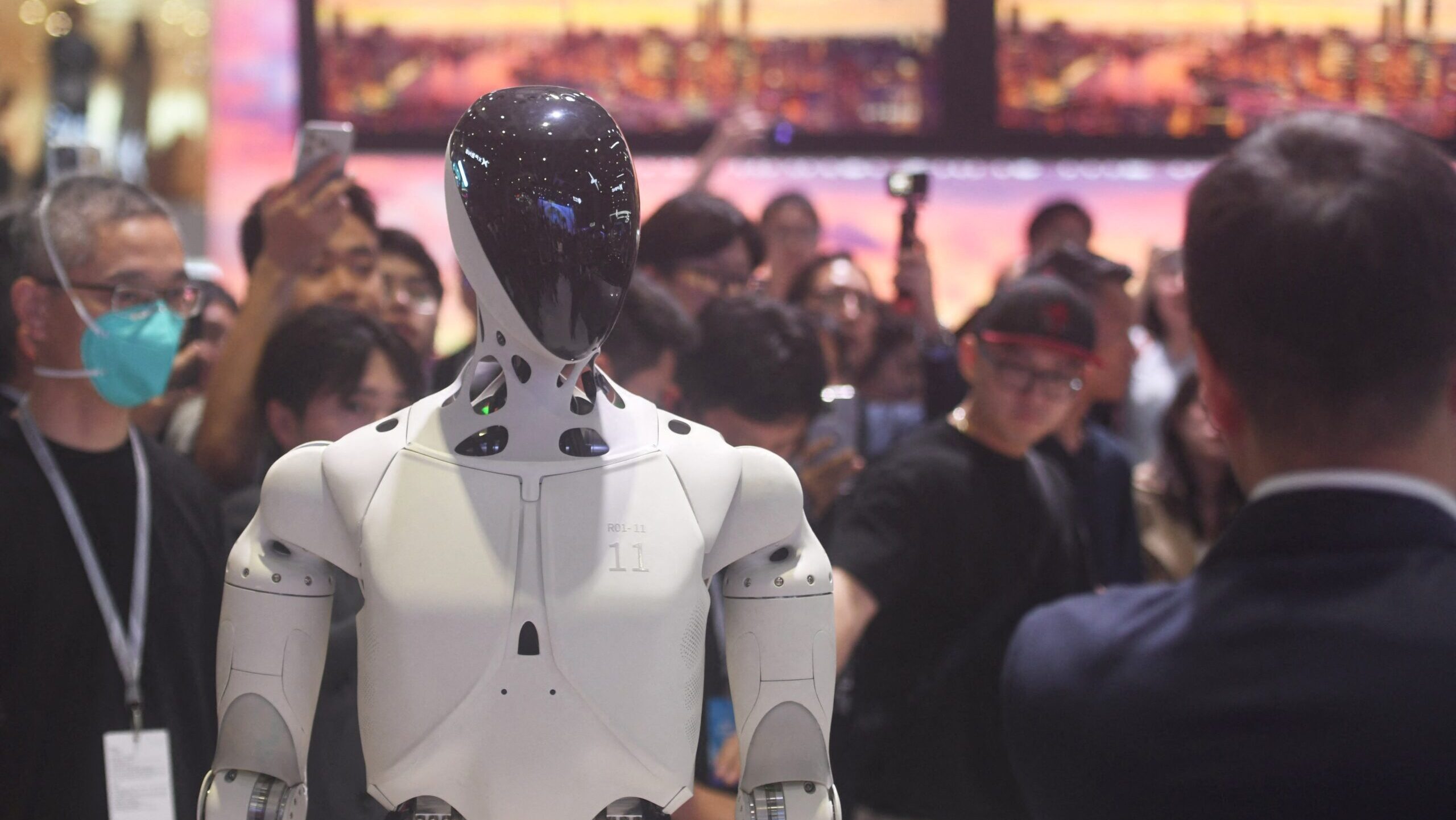

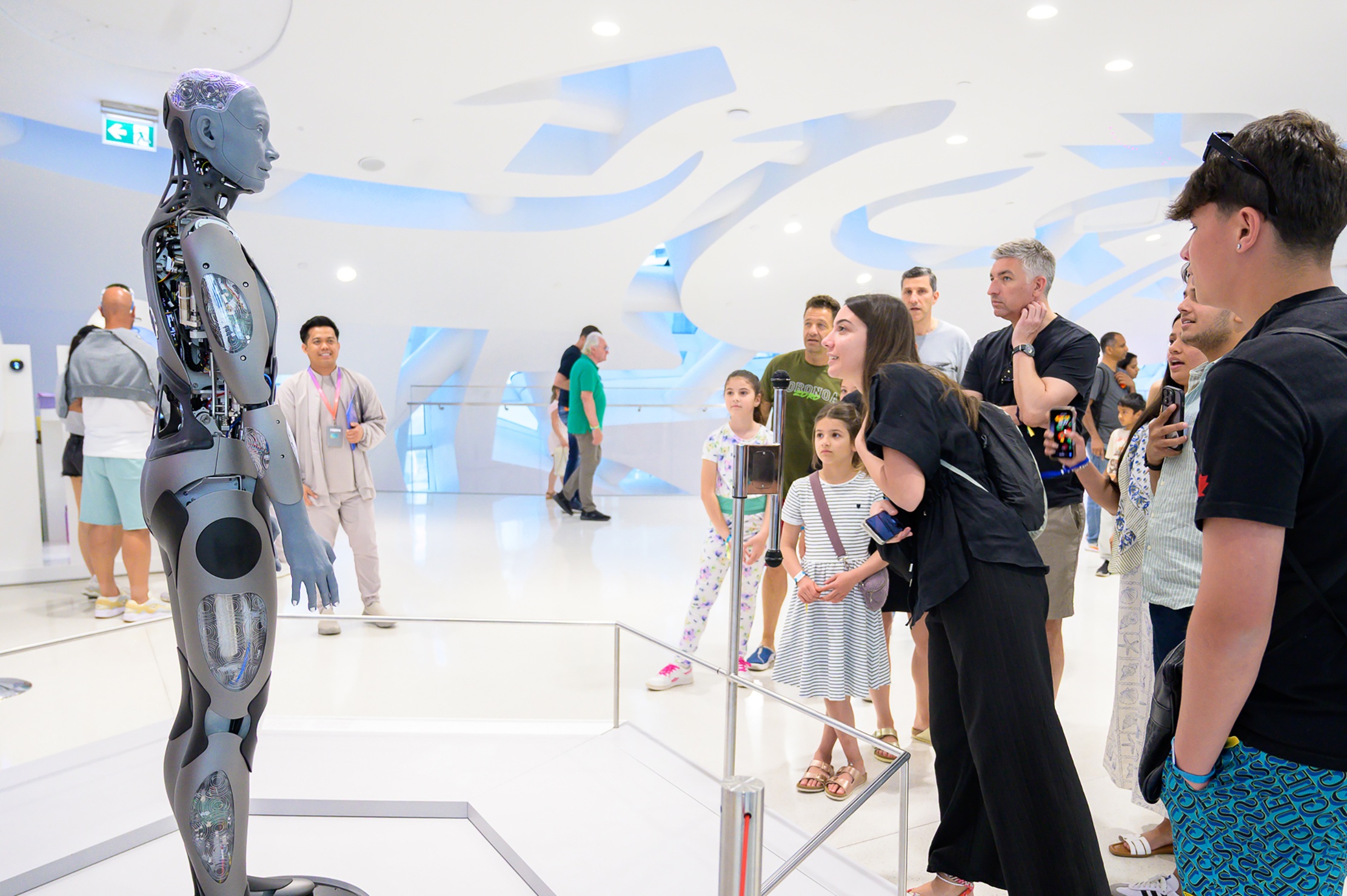

Leave A Comment